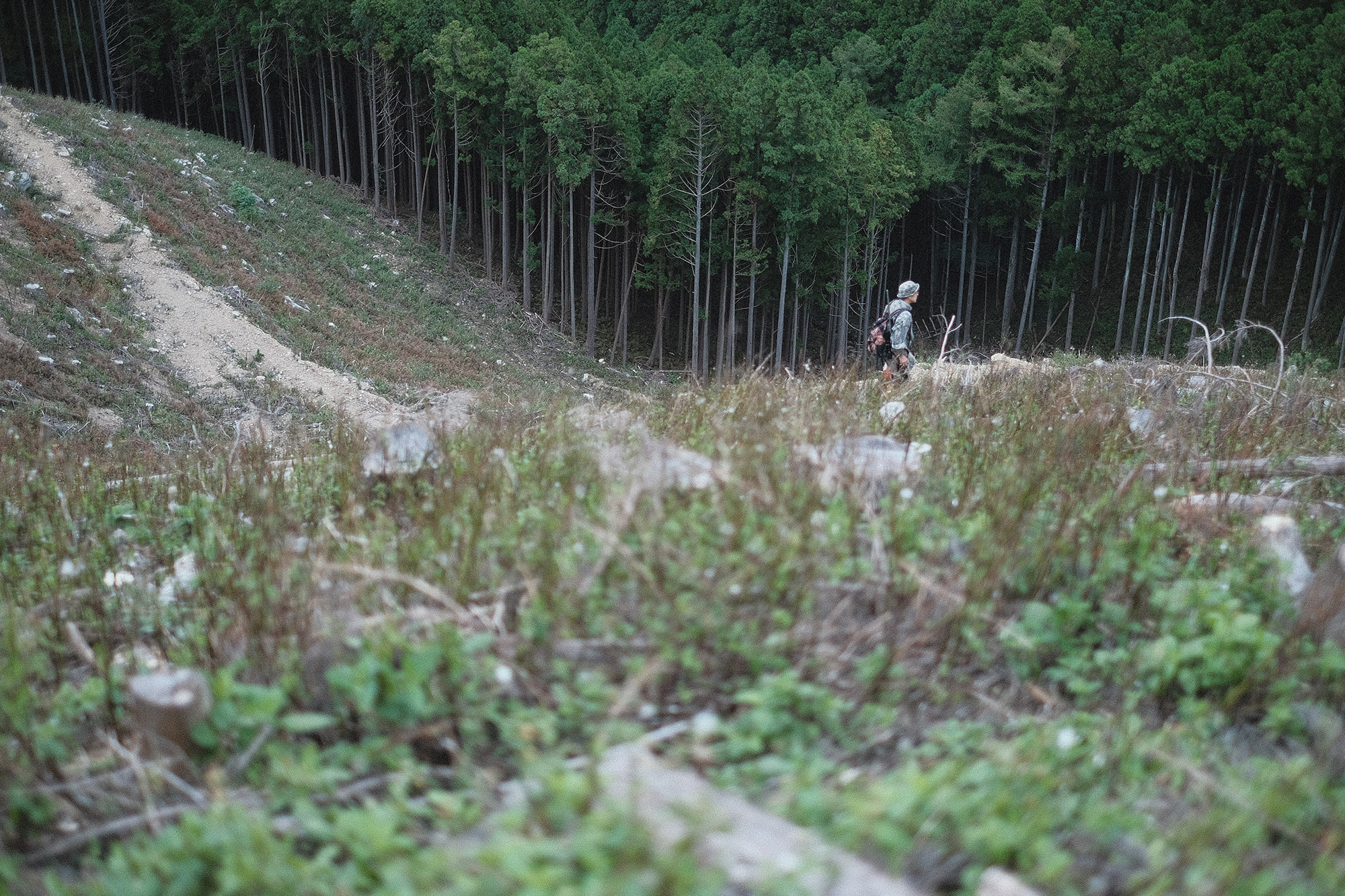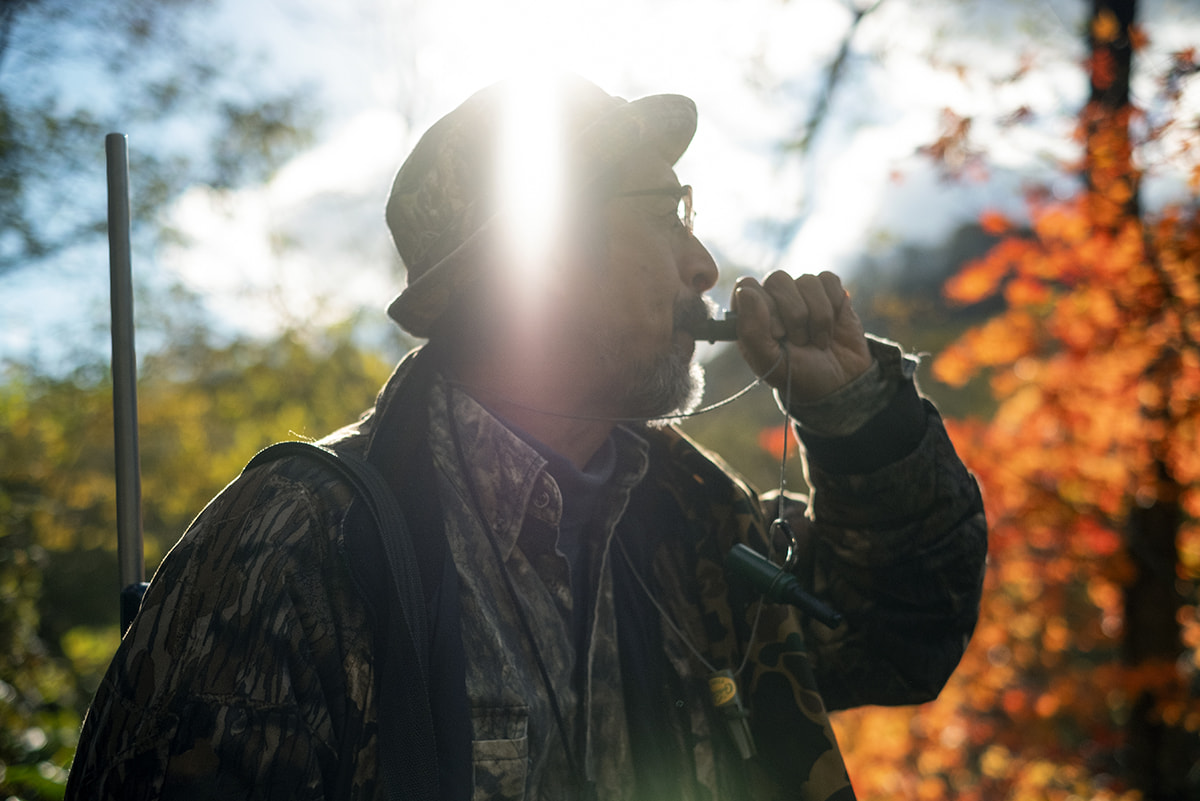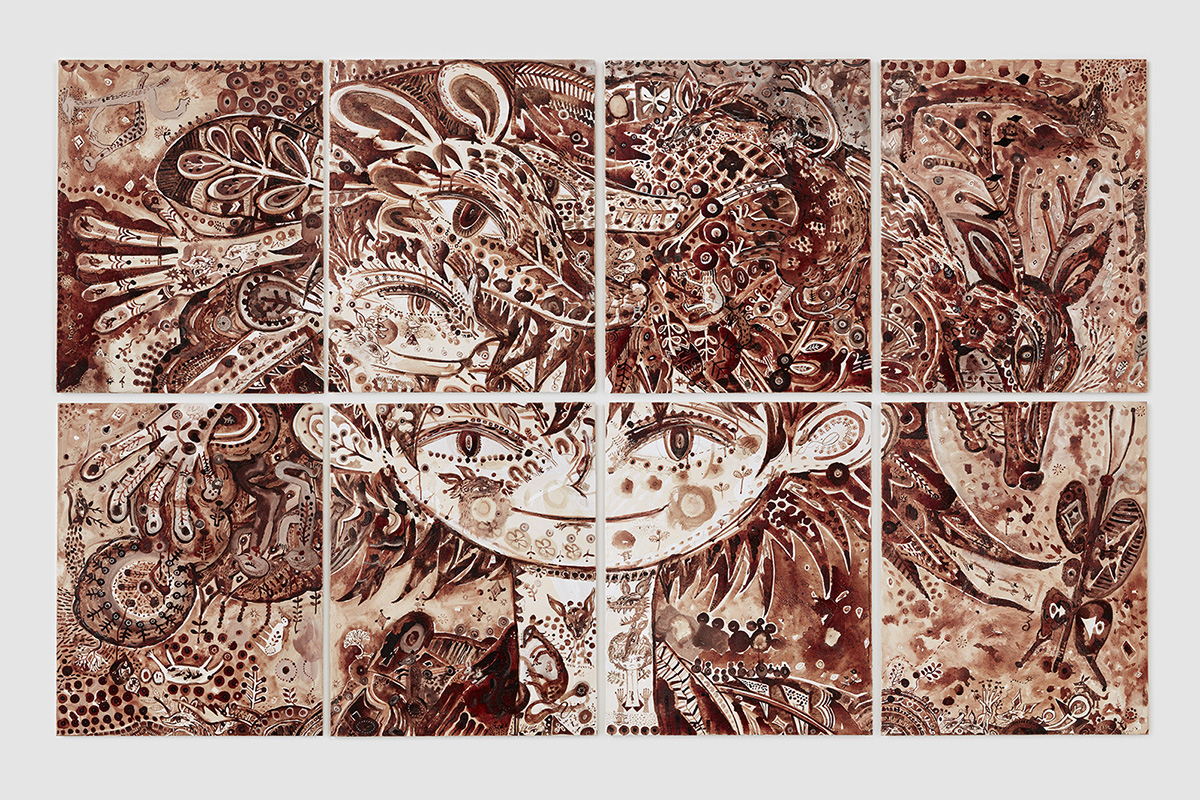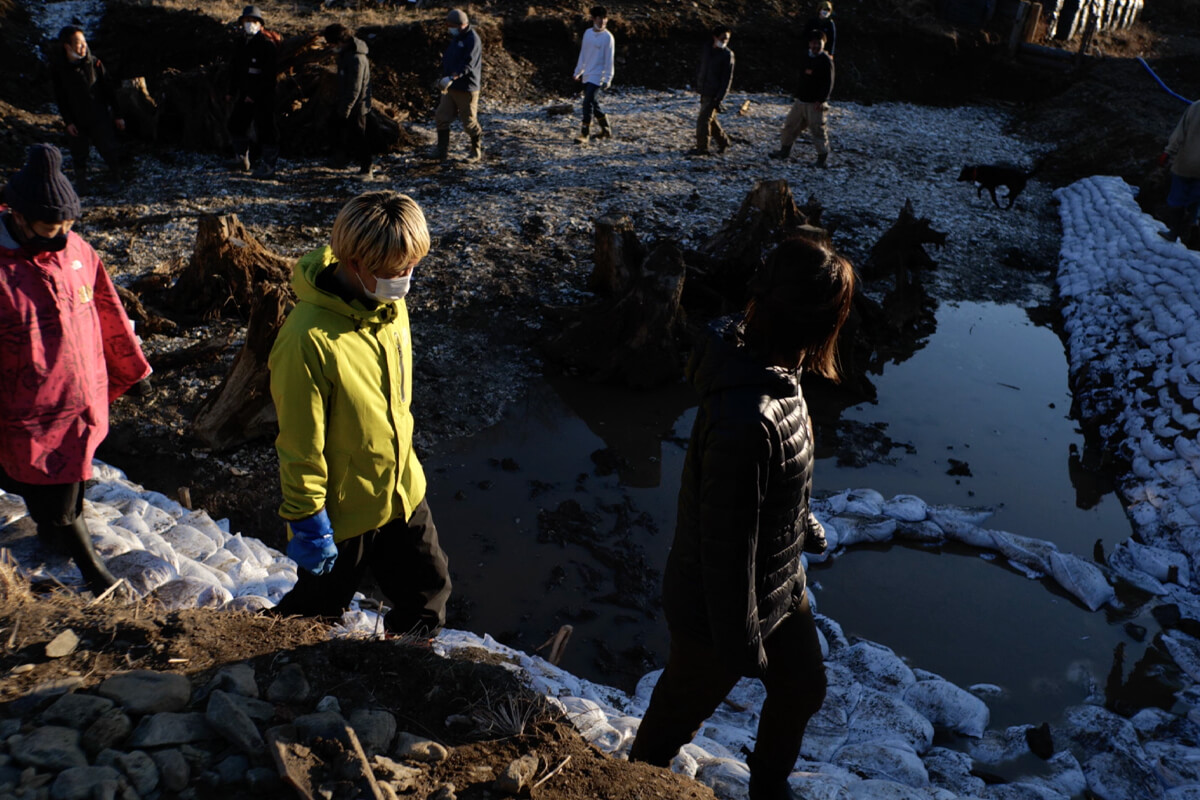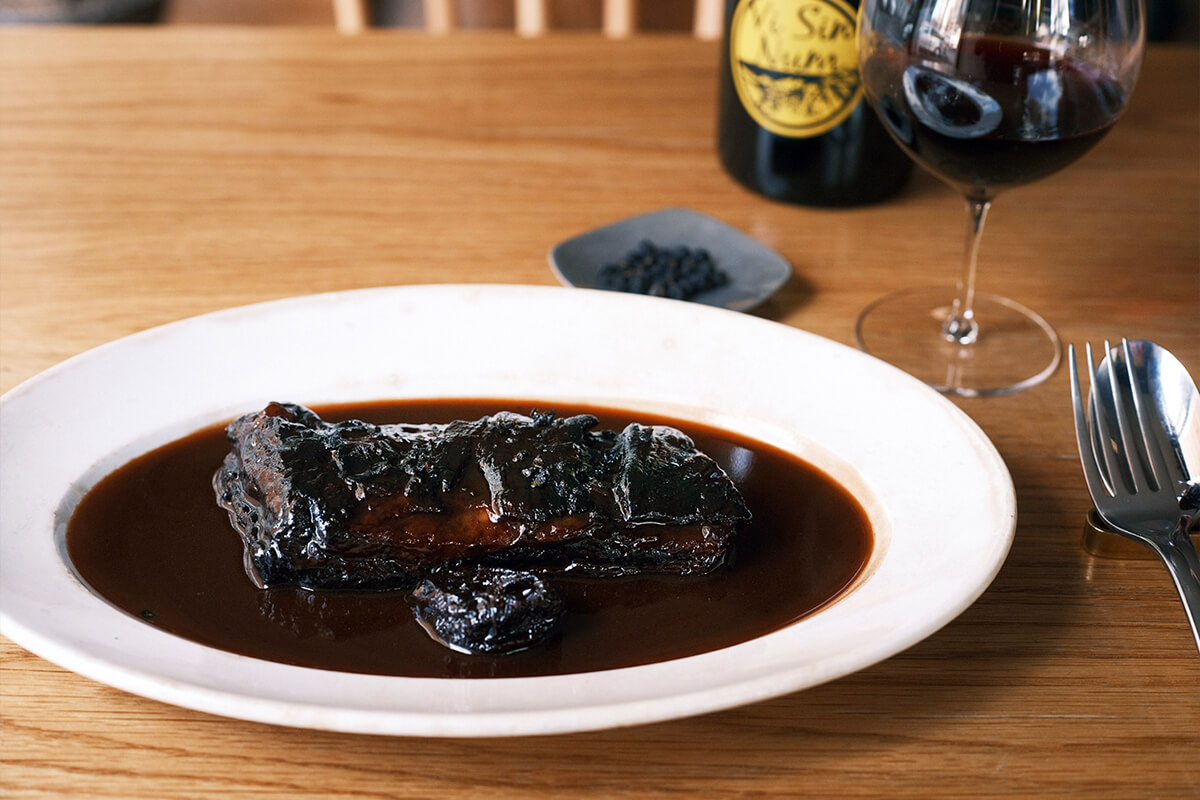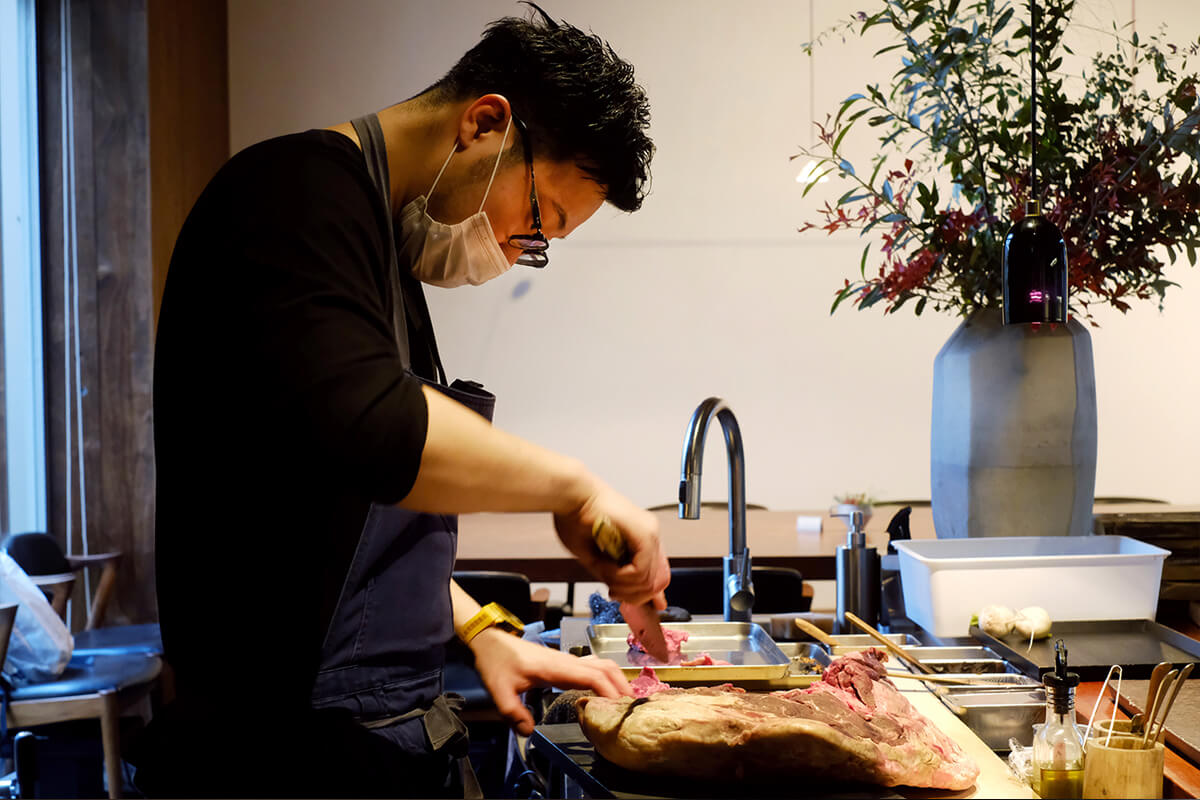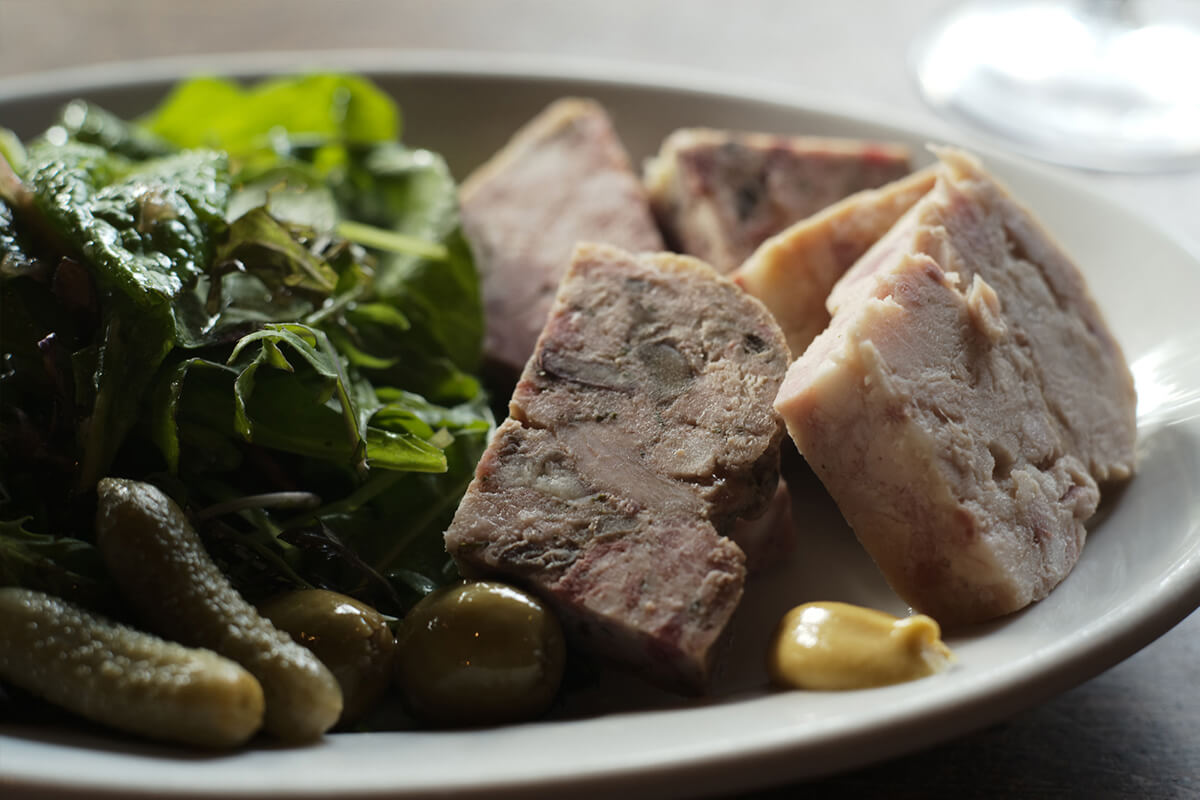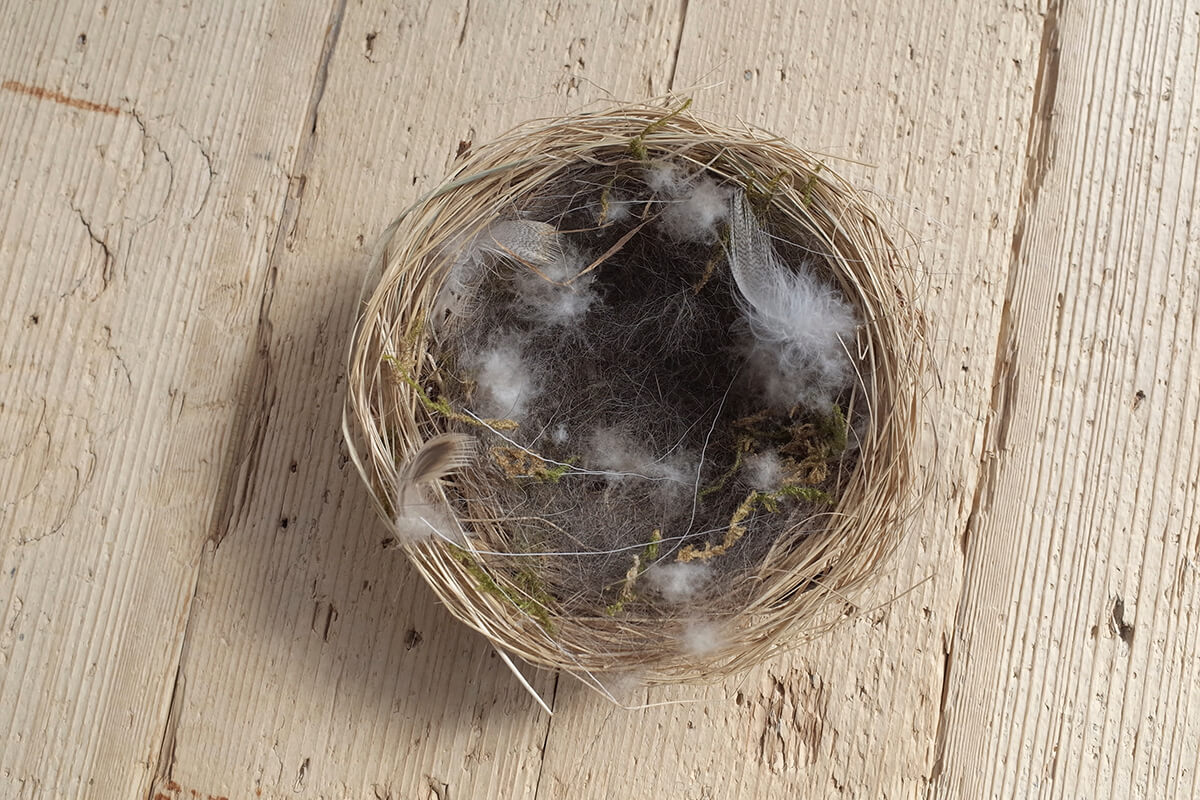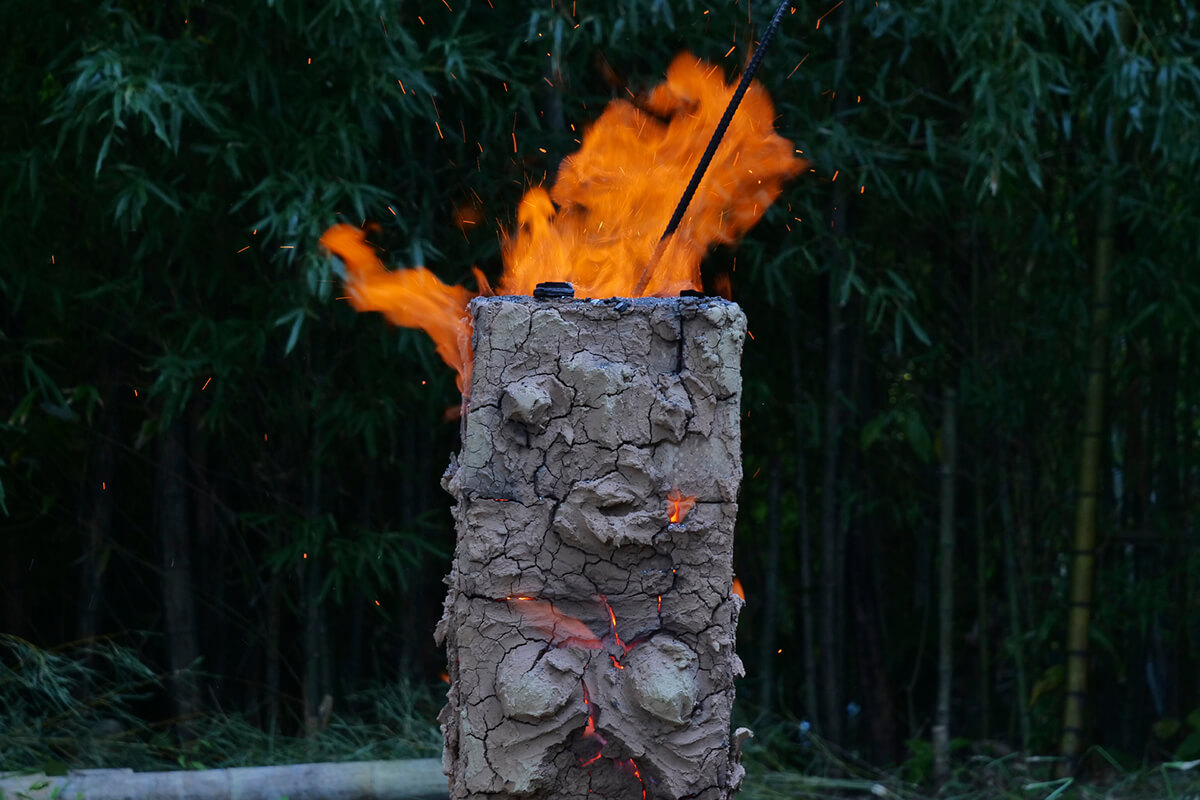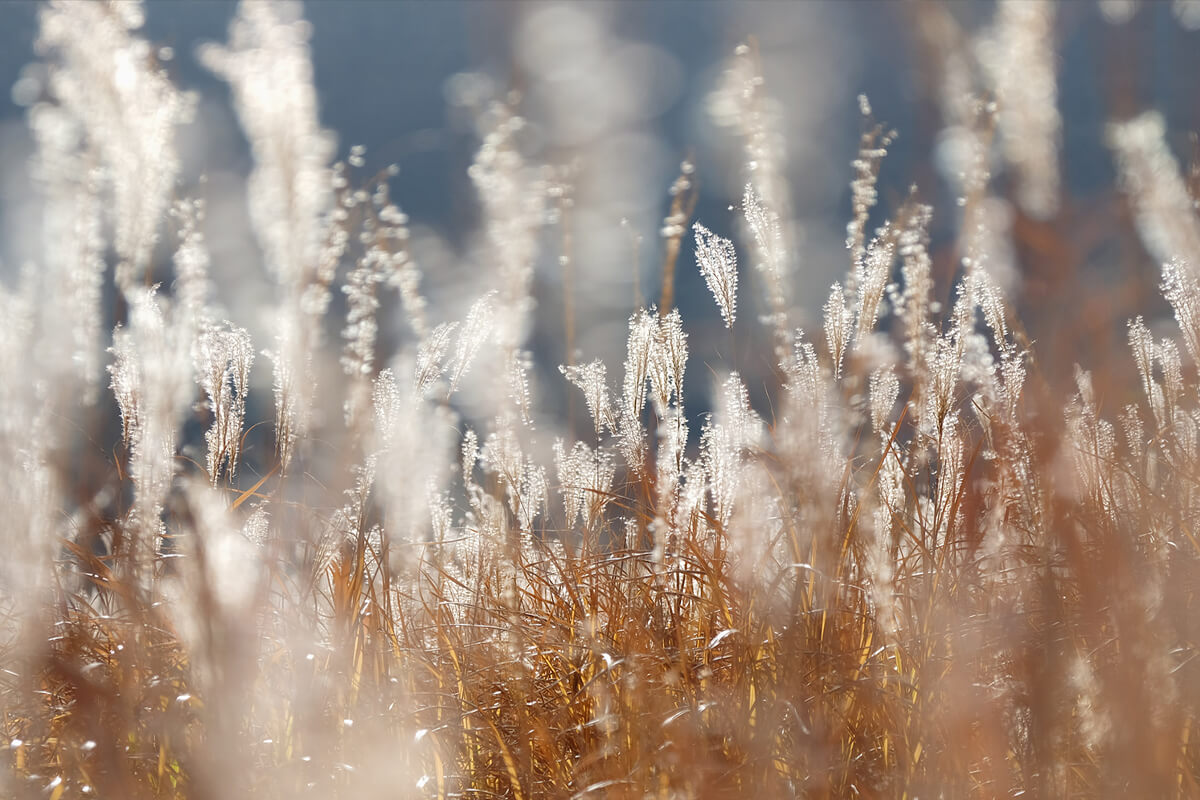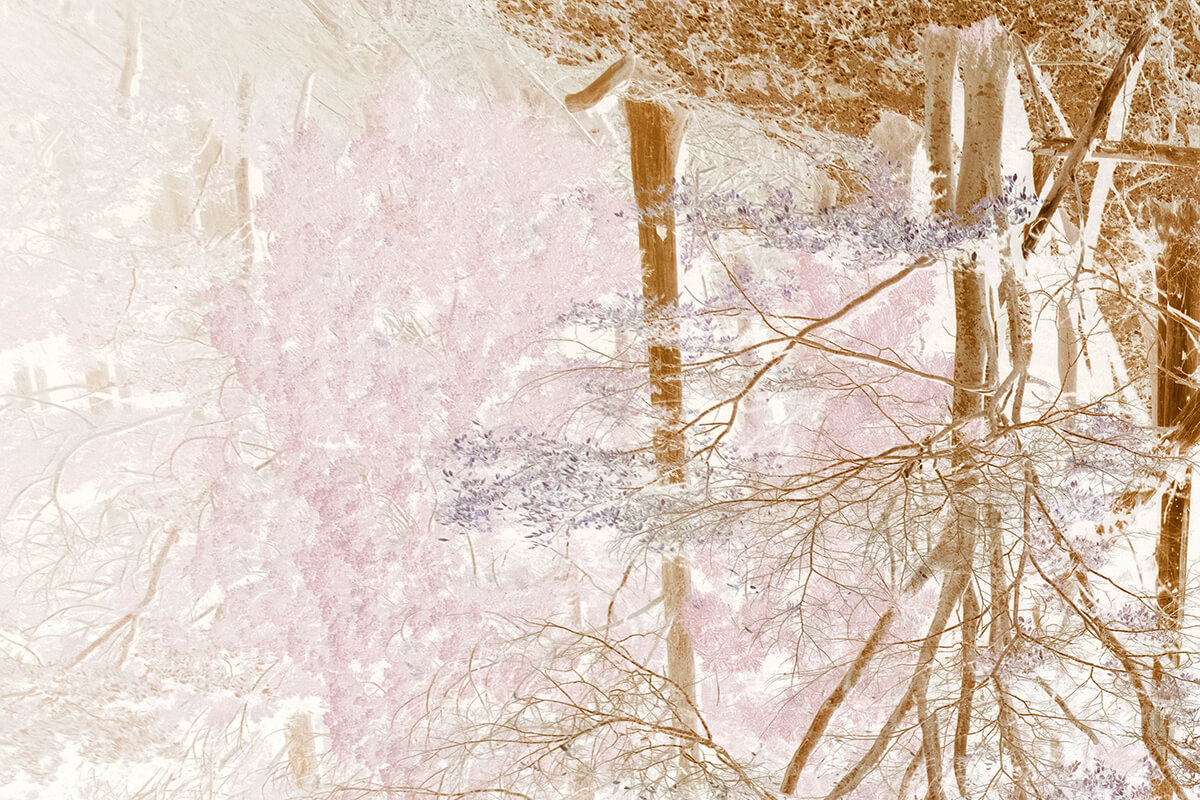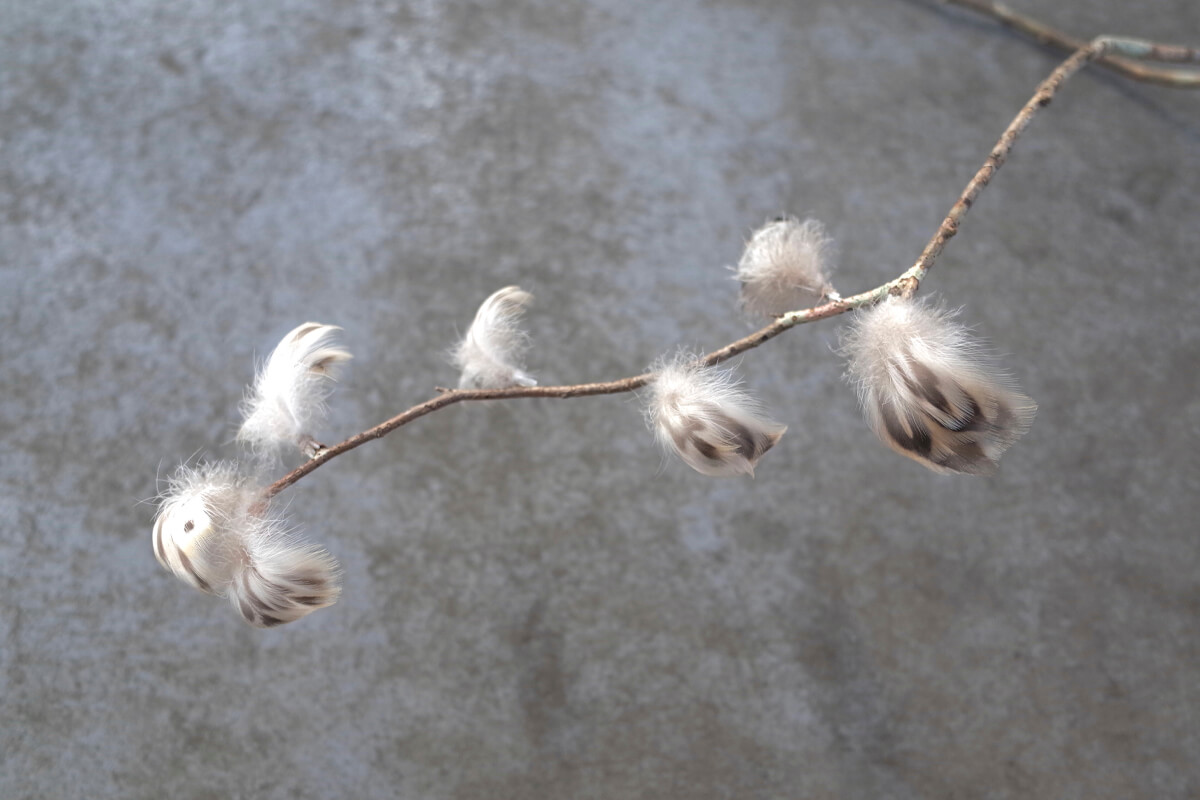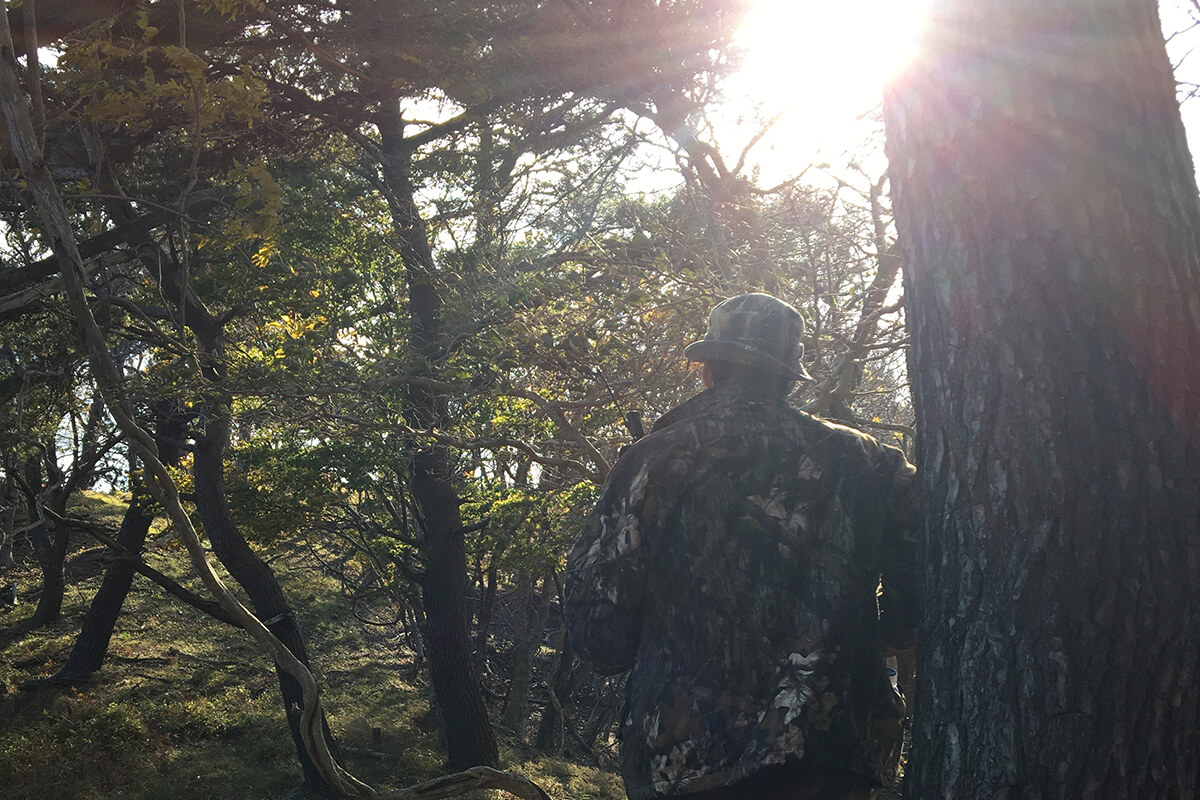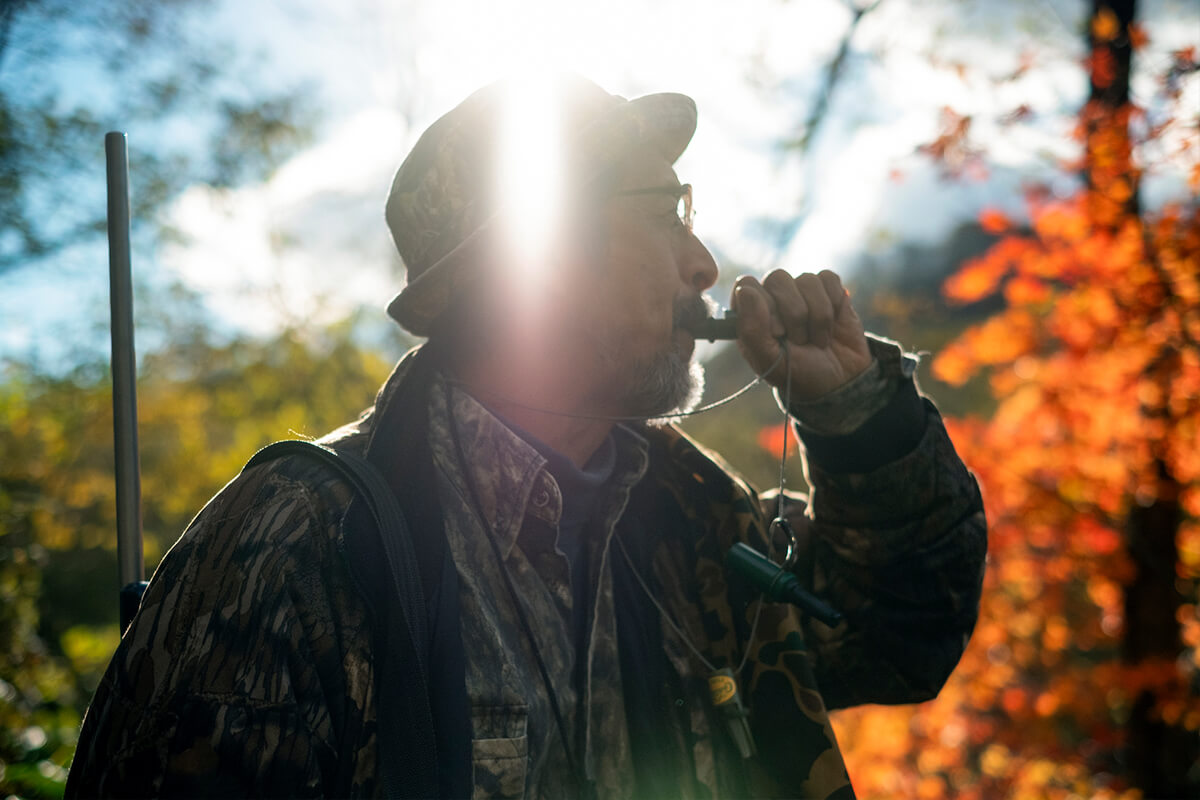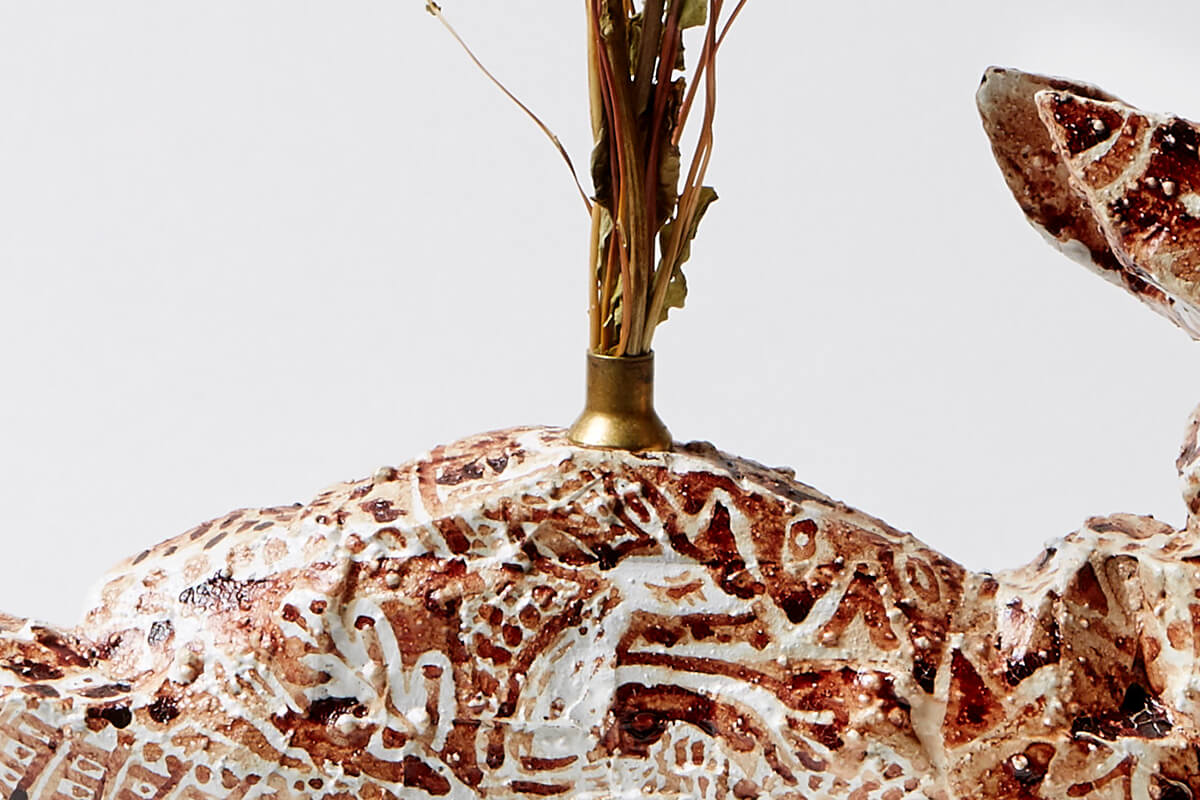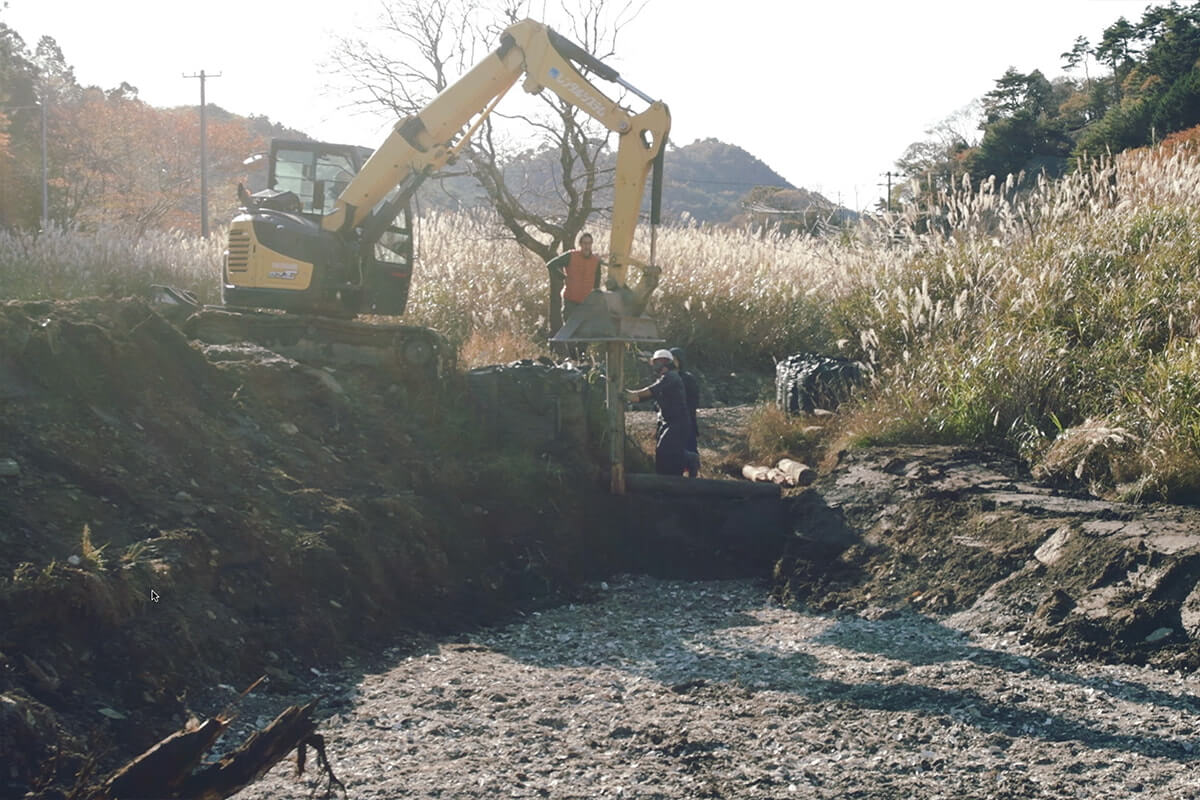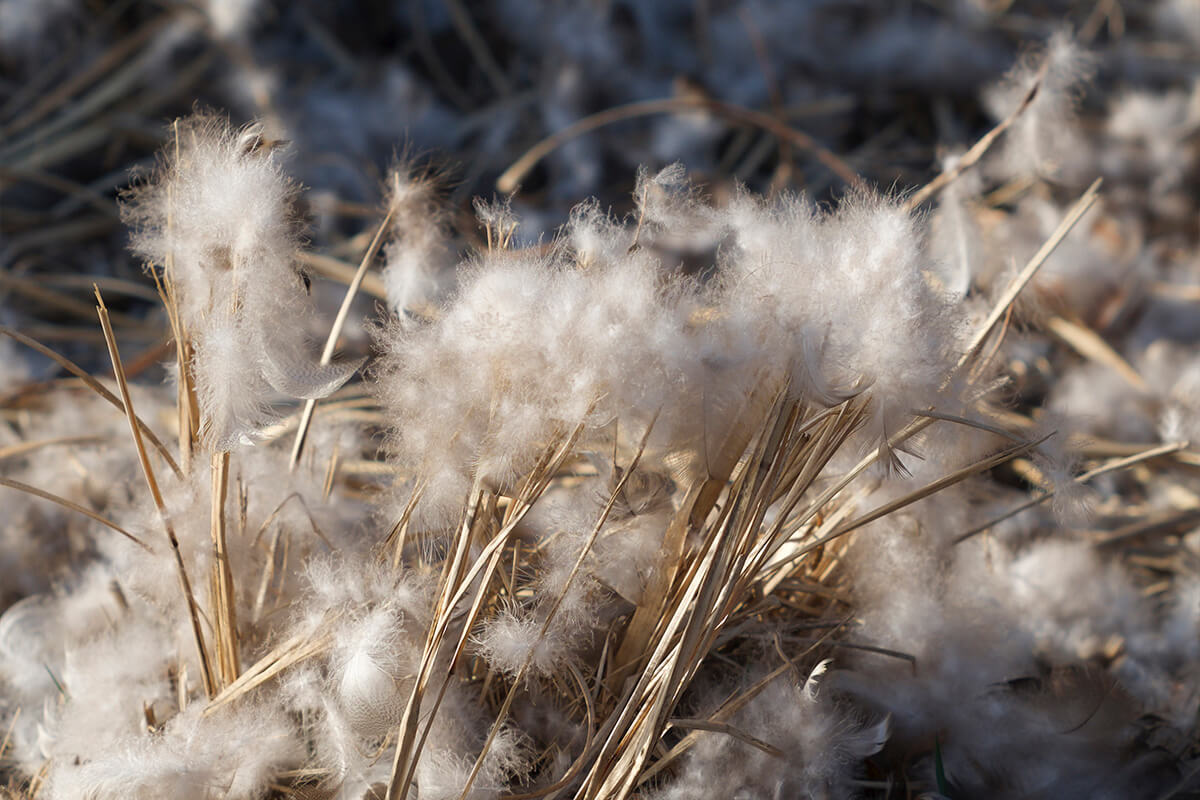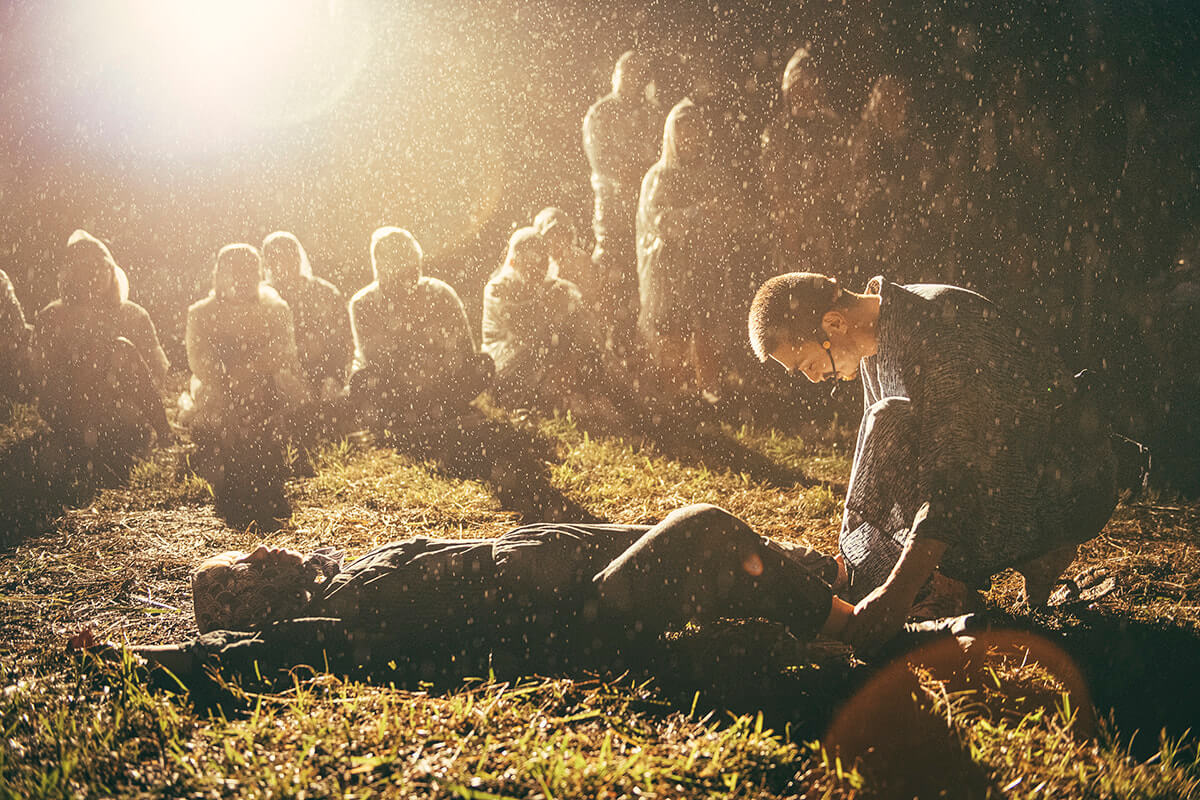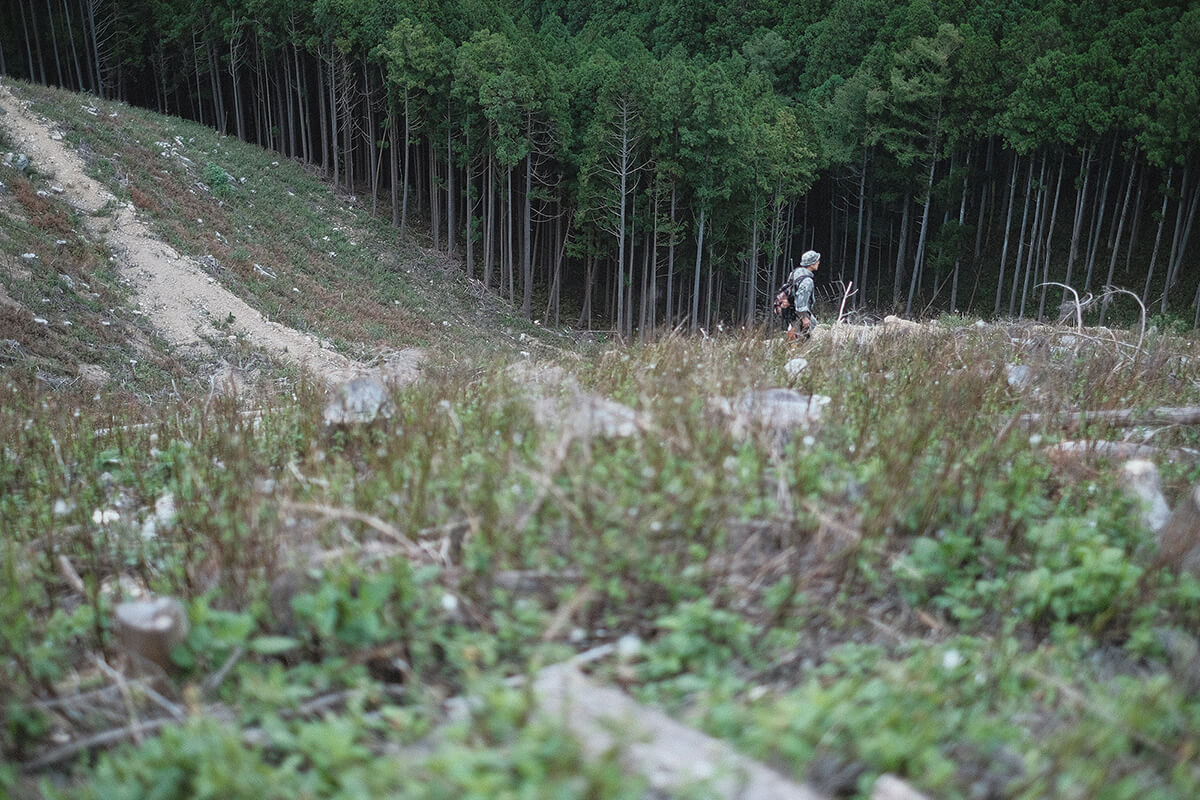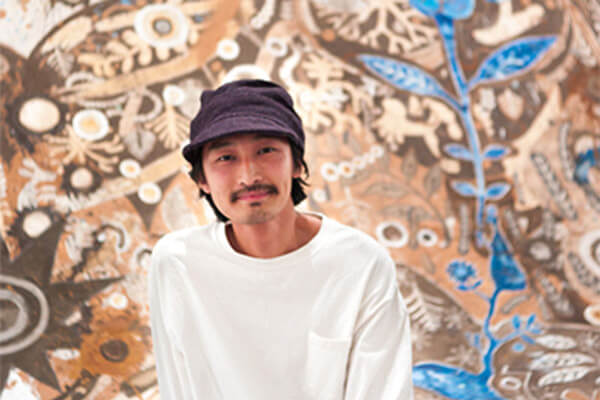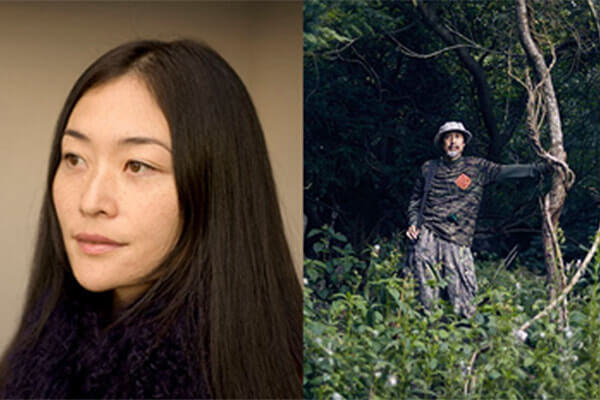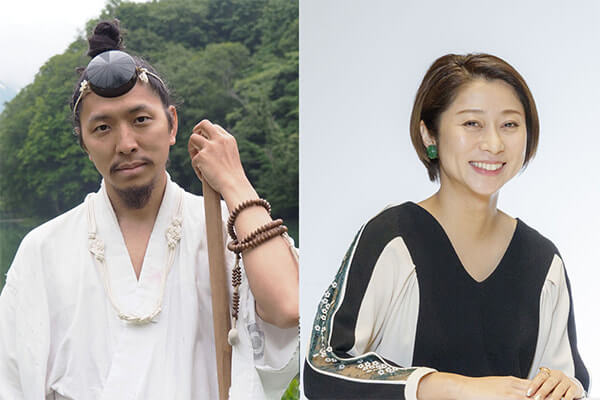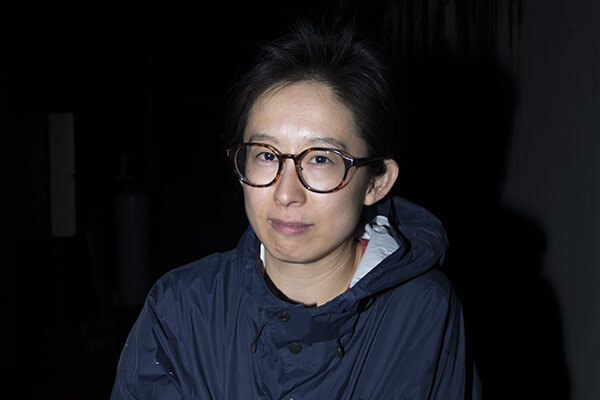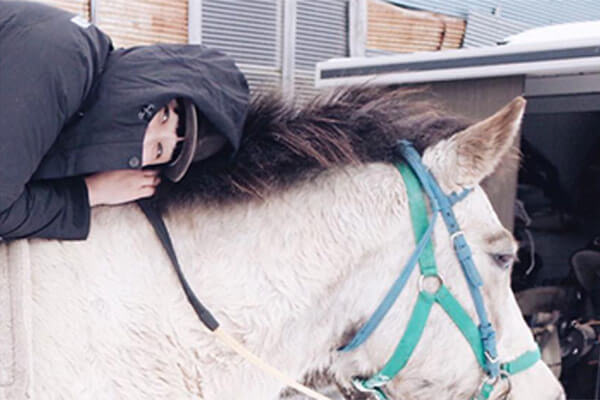
Joining an Autumn Game Call Hunt on the Oshika Peninsula
Yayoi Arimoto + Nozomu Onodera
ARTIST
Yayoi Arimoto + Nozomu Onodera
Joining an Autumn Game Call Hunt on the Oshika Peninsula
UPDATE:2021.1.6
Teaming up with the hunter Nozomi Onodera, I followed and took pictures of Onodera hunting deer in the Kozumi area from the spring to the summer of 2019. By observing and experiencing Onodera’s series of tasks from tracking and shooting a deer to butchering it, I could feel and capture in photographs how labor-intensive and how many stages are involved in turning a wild deer into meat that we humans eat, and also something of what Onodera, who rarely manages to shoot a deer, thinks about not only deer but also nature as a whole. This year, to deepen my understanding of what taking the life of wild deer in the mountains entails, I joined two hunting trips in Ishinomaki and Taiki, Hokkaido, and took pictures of Onodera hunting with a game call whistle in early autumn. More so than makigari (where hunters surround an area on four sides) and shinobigari (stalking), which I photographed Onodera
using to hunt last year, calling is more primitive and requires the hunter to use all five senses, and is the ultimate psychological warfare. Additionally, in order to witness what kind of chefs Onodera gives his precious meat to and the types of dishes these chefs transform his deer meat into, I decided to visit restaurants across Japan that work with Onodera and document how the chefs respond to Onodera’s deer meat.
Joining an Autumn Game Call Hunt on the Oshika Peninsula
When I followed and took pictures of Onodera hunting deer last year (2019), it was from the end of spring through the summer. To avoid injuries and leeches, I put duct tape on my boots and pants, and wrapped my neck with a thin hand towel so as not to leave skin exposed. Walking in the mountains in this outfit meant it was quite hot. That leeches nevertheless managed to sneak in from somewhere and bit my stomach, and my shock at how much blood there was on my body were valuable experiences of deer hunting. This year (2020), I joined Onodera in a different season to take pictures of him hunting with a game call, a style used only during a certain period in autumn that corresponds to the deer breeding season.
“Of all the styles of hunting, I like calling the most,” Onodera says, but why is that? I wanted to experience for myself what makes this style so appealing.
Initially, I walked with a mindset of going to see what things are like in the mountains. Once I entered the mountains, rather than any deer, I first found a large white mushroom. “This is ginkgo mushroom, which is delicious to grill and eat with soy sauce,” Onodera told me. In Japanese, it’s named after the shape of a sumo wrestler’s topknot haircut, which resembles a ginkgo leaf, and it is indeed a really big and magnificent mushroom. How does this aromatic mushroom, found only during a short period of time, taste? I gathered just enough for myself to eat.
“This is the call of a stag,” said Onodera, while blowing a deer whistle in the mountains. Kyuuuuu, kyuuuuuu.
During the breeding season, a male deer is said to form a harem with several female deer. Upon hearing another stag crying out and asserting its presence, a male deer perceives a rival deer that has come to break up the harem, and thus approaches to drive the rival away. Game call hunting takes advantage of this deer habit and uses a deer whistle, which imitates the sound of a stag call, as a decoy, but we could say that this method is almost entirely just about waiting still. After blowing the deer whistle, Onodera hid and waited. And waited. This continued for perhaps around fifteen minutes. Although walking in the mountains feels good, if you squat silently in the mountains, you are aware of becoming increasingly capable of reacting to the strength of the wind, to direction, to smells, and to sounds. This experience reveals how we live every day while ignoring the subtle information that our five senses must perceive. Or rather, these senses with which humans and animals are furnished are not dead but merely asleep, and wake up depending on the situation. “I become a deer and the wild nature within me is awakened.” This is what makes hunting by calling so attractive. Squatting on a mountain edge, I looked across the valley floor and saw a deer on a slope on the other side. In the blink of an eye, the deer seemed to disappear into the shadow of some trees, but Onodera didn’t miss it. A gunshot rang out. “I should have hit it. I’ll go take a look,” he said, quickly going down the mountain, climbing over the valley floor, and disappearing behind the grove on the other side. Onodera seemed to shoot something that I didn’t see. About twenty minutes later (an incredibly short time in terms of climbing down the steep slope and up the other side, and then returning), Onodera was back with sweat dripping from his forehead. He said that he had hidden the deer so that birds wouldn’t find it. We hurried to the other side of the mountain (a fifteen-minute car ride to get there by road without cutting across the valley). As we went down the steep slope through the grove, I saw the deer lying covered with dry leaves.



